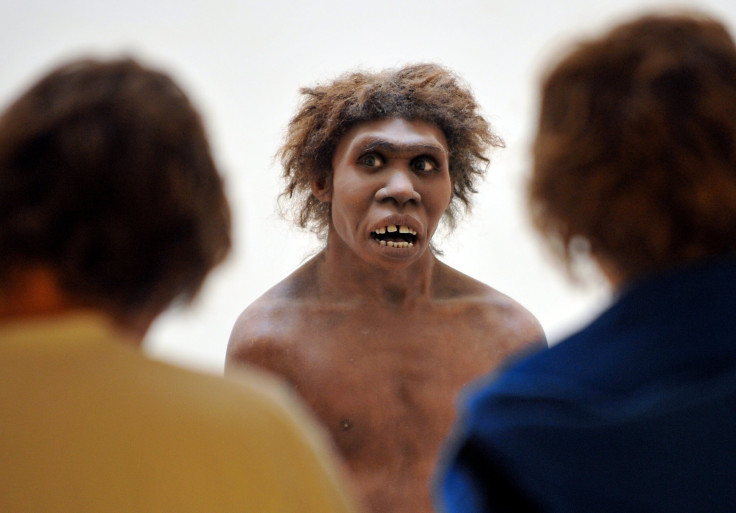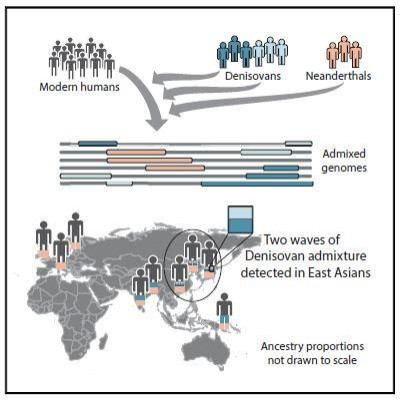Modern Humans Had Sex With Denisovan Cousins Too, Not Just Neanderthals

It is by now a well-established (but not so well-known) fact that us modern humans, Homo sapiens, spent a lot of time in much the same places that Neanderthals were in, and that the two human species not only intermingled but also interbred. It turns out that modern humans also produced babies with another archaic human species, the Denisovans, at least twice in history.
The existence of Denisovans was announced in 2010, when scientists said that bones fragments found in the Denisova cave in Russia’s Siberia was not from Homo sapiens or Homo neanderthalensis, even though both the species had been known to have inhabited the cave.
In a paper published Thursday in the journal Cell, researchers explained they found “two distinct episodes of Denisovan genetic intermixing, or admixing, between” Homo sapiens and Denisovans, who are sometimes classified as a subspecies of modern humans.
Researchers from the University of Washington, Seattle, arrived at this conclusion by comparing the whole genome sequences of modern humans against our Denisovan ancestors. They chose populations from present-day East Asia and Oceania regions to make the comparison, since those populations have Denisovan genes.
“What was known already was that Oceanian individuals, notably Papuan individuals, have significant amounts of Denisovan ancestry. The genomes of modern Papuan individuals contain approximately 5 percent Denisovan ancestry,” Sharon Browning from the university and senior author of the study, said in a statement Thursday.
The presence of Denisovan genomes in other parts of Asia was attributed to migration from Oceania.
“But in this new work with East Asians, we find a second set of Denisovan ancestry that we do not find in the South Asians and Papuans. This Denisovan ancestry in East Asians seems to be something they acquired themselves,” Browning explained.
Now, modern East Asian populations are closer to the Denisovan genome than people from Papua.

“When we compared pieces of DNA from the Papuans against the Denisovan genome, many sequences were similar enough to declare a match, but some of the DNA sequences in the East Asians, notably Han Chinese, Chinese Dai, and Japanese, were a much closer match with the Denisovan,” she said.
Browning and her team theorized that a group of southern Denisovans interbred with modern humans in Oceania while another group of northern Denisovans admixed with East Asian modern human populations. Since East Asians showed two distinct admixing episodes, that may also mean modern humans migrated northward from Oceania.
The researchers are now going to study other human populations from all around the world, to try unearth evidence of more interbreeding between modern and archaic humans.
The study was titled “Analysis of Human Sequence Data Reveals TwoPulses of Archaic Denisovan Admixture,” and had participation by researchers from Princeton University as well.
© Copyright IBTimes 2024. All rights reserved.




















